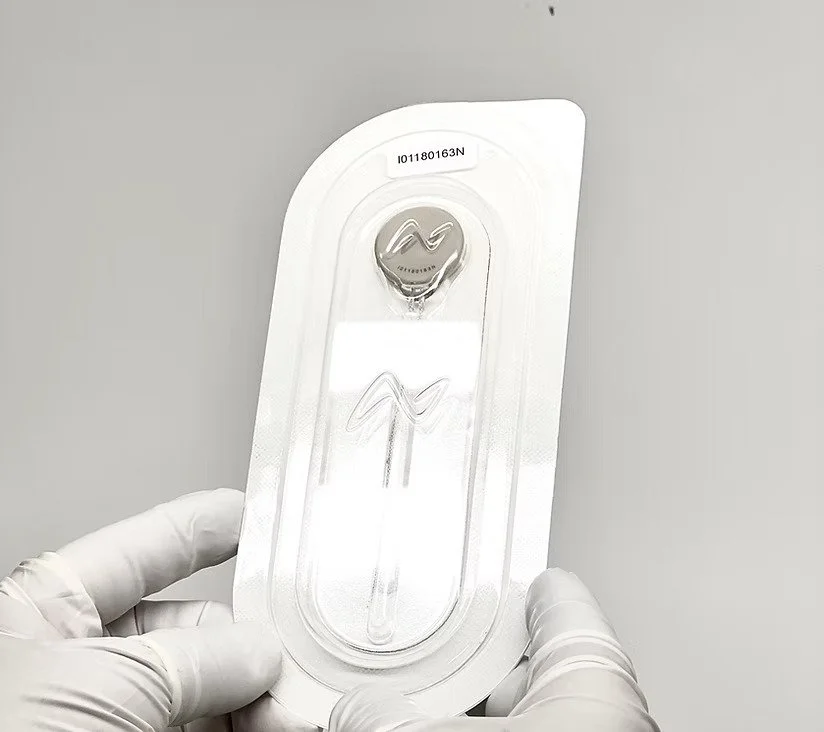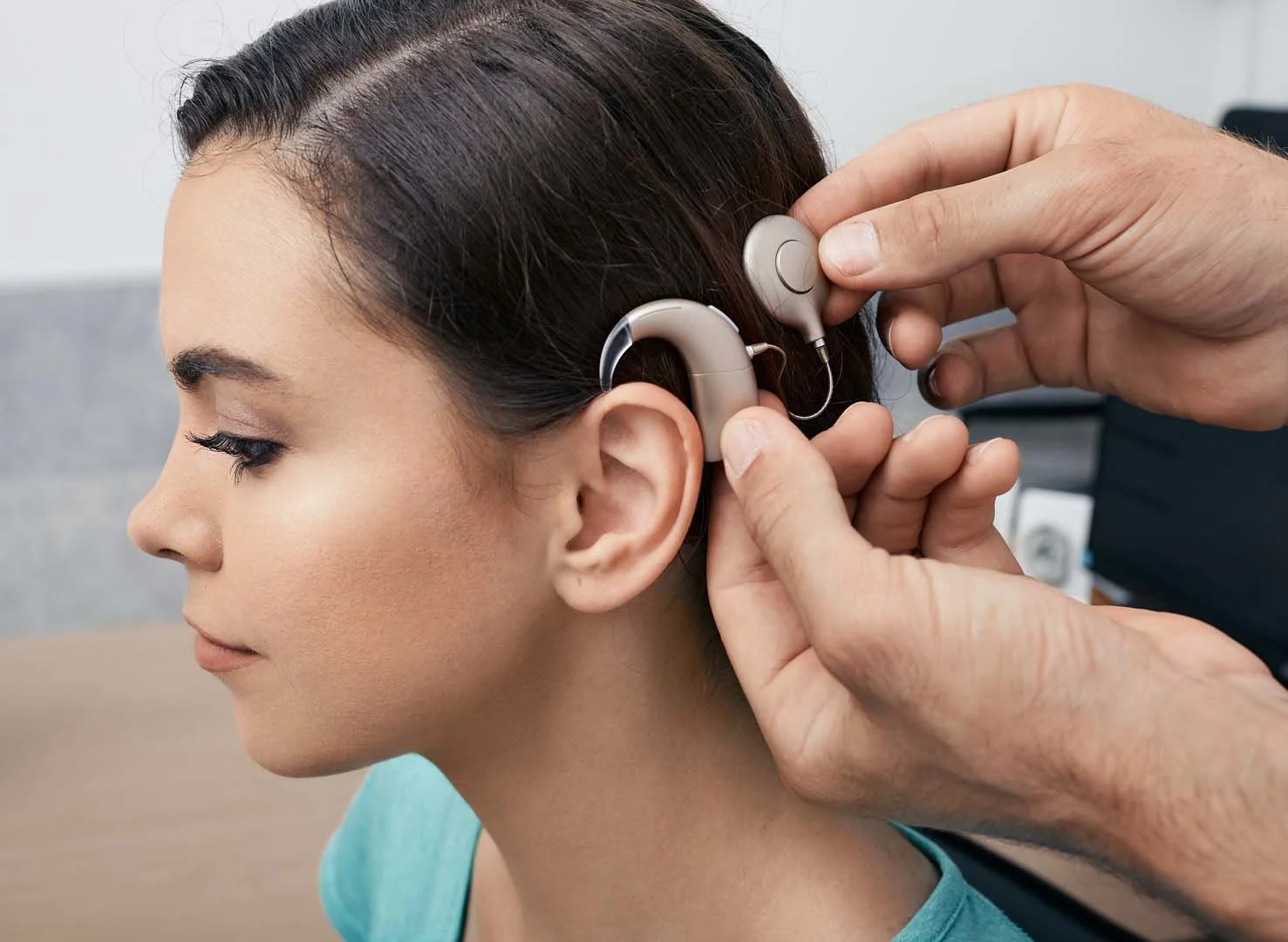
Hearing Solutions
Hearing Solutions
Hearing loss, also known as hearing impairment, is a partial or total inability to hear sounds in one or both ears. It can range from mild to profound and may be temporary or permanent. Here’s a concise overview of hearing loss treatment options.
Medical Management
While some conditions require surgery, many can be managed effectively with medications. Below are some of the non-surgical treatments for ear disorders.
Antibiotics,
Ear Drops,
Steroid nasal sprays,
Intra-Tympanic Medication Injections
Ear Surgery
Ear surgery is performed to treat chronic infections, hearing loss, or structural damage to the eardrum (tympanic membrane) or ossicles (tiny hearing bones). Below are the most common procedures.
Tympanoplasty (eardrum repair)
Ossiculoplasty (middle ear bone reconstruction)
Stapedectomy (for otosclerosis)
Exploratory Tympanotomy (for middle ear pathology)
Hearing Aids
Hearing aids are small electronic devices that amplify sound for people with hearing loss. They come in various styles, each designed for different levels of hearing loss, lifestyles, and cosmetic preferences.
Hearing Aid Types
Behind-the-Ear (BTE)
Receiver-in-Canal (RIC)
In-the-Ear (ITE)
In-the-Canal (ITC)
Completely-in-Canal (CIC)
Invisible-in-Canal (IIC)
Bone Conduction Hearing Aids (BCHA)
CROS/BiCROS Hearing Aids (CROS)
Implant Otology
Implant otology focuses on surgically implanted devices to treat hearing loss when conventional hearing aids are ineffective. These include:
Cochlear Implant (CI): These implants bypass the damaged parts of the inner ear (cochlea) and directly stimulate the auditory nerve.
Middle Ear Implant (MEI): These implants enhance natural hearing by directly vibrating the middle ear bones (ossicles) or eardrum.
Bone-Anchored Hearing Aid (BAHA): This is an implantable hearing device that bypasses the outer and middle ear, delivering sound directly to the inner ear (cochlea) through bone conduction.
Auditory Brainstem Implants (ABI): This is a surgically placed neuro-prosthetic device designed to provide sound perception to individuals who cannot benefit from cochlear implants due to missing or non-functioning auditory nerves or severe cochlear damage.




